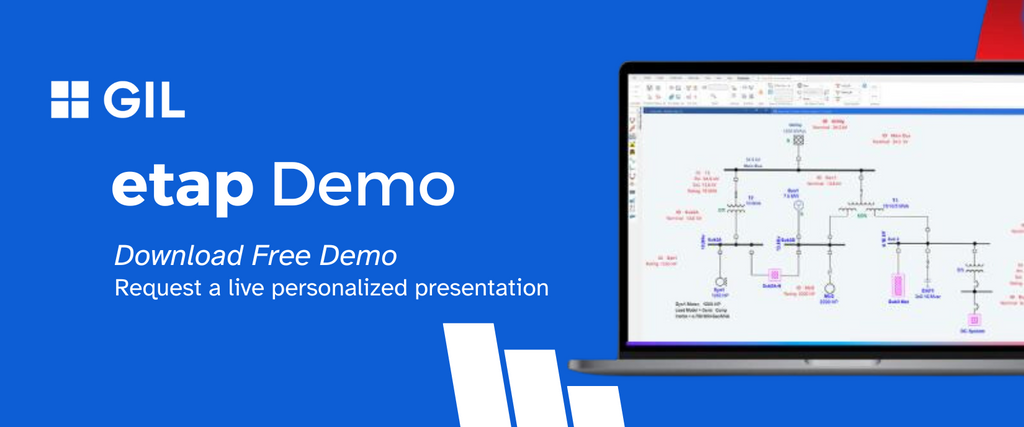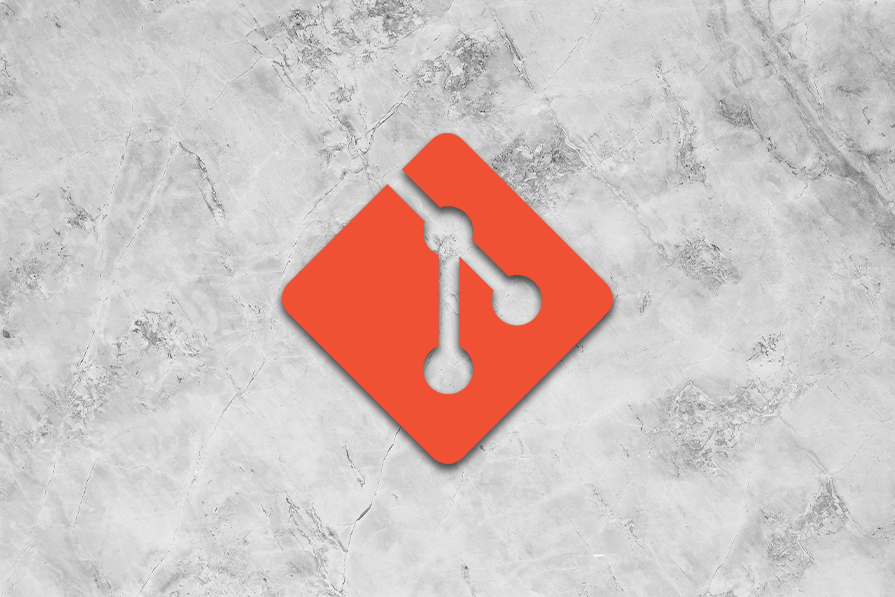IBM® recently made an announcement regarding its collaboration with Beijing Shuto Technology Co., Ltd. (referred to as Shuto Technology) to assist a joint venture Original Equipment Manufacturer (OEM) in China in obtaining accurate and cost-effective information for on-site technicians. This collaboration aims to improve the efficiency of the client’s equipment repair work and enhance the reliability of its equipment.
Shuto Technology, founded in 2006, is a leading asset management solution provider in China. It specializes in helping industry-leading enterprises establish asset operation and management platforms and enhance their core competitiveness through digitalization. With its expertise and experience in asset management, Shuto provides comprehensive asset management services for numerous industry-leading enterprises. By combining IBM Maximo® best practices, international standards, business processes, data standards, management strategies, and KPI systems that cover the asset lifecycle, Shuto has developed the best practices of asset management (EAM) across various industries.
In the rapidly growing and highly competitive automotive industry, improving equipment stability, reducing maintenance costs, and enhancing production quality have become crucial priorities. However, large automotive enterprises face several challenges with traditional equipment management and maintenance methods:
1. Technical difficulties in maintenance: As automotive technology and processes continuously evolve, maintenance workers need to invest significant effort in understanding and learning new skills by checking equipment data. This not only reduces maintenance efficiency but also leads to decreased employee satisfaction and loyalty.
2. High cost of equipment maintenance: Due to the complexity of auto parts, maintenance personnel need extensive knowledge and resources for comprehensive failure analysis and diagnosis. This requires significant investments in manpower, materials, and finances, making it challenging to transfer existing skillsets to enable talents.
3. Unstable maintenance quality: Traditional maintenance approaches rely heavily on personal experience and the capabilities of maintenance workers. Without professional technical guidance and consistent maintenance quality, it becomes difficult to identify the root cause of failures. This instability reduces equipment stability and lifecycle, leading to production quality issues like low yield rates.
To address these challenges, a major joint-venture automotive enterprise in China requires a holistic approach to access equipment knowledge rapidly, diagnose faults intelligently, and receive expert online guidance. The aim is to standardize, digitize, and make the maintenance process transparent. Additionally, the enterprise aims to reduce costs, increase efficiency, enhance user satisfaction, and improve the comprehensive benefits of enterprise asset management.
To achieve these objectives, Shuto Technology collaborates with IBM Client Success Team and IBM China Development Lab, leveraging the AI-powered capabilities of IBM Maximo Application Suite (MAS). Together, they provide intelligent knowledge mapping, AI-based maintenance diagnosis, and AR-assisted remote maintenance for the automotive enterprise’s maintenance work. This collaboration transforms the enterprise into an AI-powered EAM assistant.
The introduction of these features empowers maintenance personnel by providing comprehensive support and guidance. It enables them to quickly and accurately identify problems, provide solutions, and seek instant assistance from remote experts through AR-augmented reality technology. This improves maintenance personnel’s digital capabilities, reduces mean time to repair (MTTR) by an average of 25%, enhances maintenance efficiency, and significantly reduces enterprise equipment operation and maintenance costs.
Specifically, IBM Maximo Application Suite’s Intelligent Maintenance Assistant (Maximo Assist) offers the following capabilities:
1. Intelligent Maintenance Knowledge Graphs: This feature utilizes AI technology to establish a full-text search knowledge graph by importing equipment documentation. It provides a fast and accurate knowledge base, helping on-site personnel independently solve technical problems and access equipment and maintenance information efficiently.
2. AI Intelligent Maintenance Diagnosis: This feature employs AI technology and intelligent diagnostic models to guide technicians in diagnosing faults through a question-and-answer format. It analyzes fault possibility through AI diagnostic models and formulates fast and accurate maintenance plans. The diagnostic process continuously improves through AI’s self-learning ability and user feedback.
3. AR Remote Maintenance Assistance: This feature uses AR augmented reality technology to facilitate real-time visual sharing and interaction between remote equipment experts and on-site personnel. It provides visual maintenance guidance, technical support, and serves as a platform for enterprise knowledge inheritance through an expert database.
By deploying IBM Maximo Application Suite Intelligent Maintenance Assistant (Maximo Assist), the automotive enterprise experiences the following benefits:
1. Improved efficiency of information acquisition: The implementation of IBM Maximo Application Suite optimizes the maintenance management level of the enterprise. It replaces the traditional approach of personnel searching for information in data rooms, promoting transparency, standardization, and automation in maintenance management. This top-down approach to maintenance data and document standardization builds valuable intangible assets that lay a solid foundation for corporate knowledge, learning, and development (L&D).
2. Reduced repair time: The fault diagnosis model constructed through IBM Maximo Application Suite accurately identifies problems, finds root causes, and provides solutions through a problem response mode called PDCA. Maximo Assist allows users to jump to corresponding documents and repair solutions, provide feedback and ratings, and offer best practice repair methods based on historical data. This significantly improves maintenance efficiency, reduces mean time to repair (MTTR), and provides convenient and accurate solutions for troubleshooting.
3. Enhanced existing IT systems: IBM Maximo Application Suite seamlessly integrates with the client’s existing work order system, asset management system, human resource management (expert database), and other systems. It automatically generates maintenance knowledge graphs and combines maintenance knowledge with work order and asset business. This ensures accurate and timely reflection of equipment maintenance information in the enterprise’s asset management platform, building a comprehensive maintenance knowledge base. This integrated solution improves data integration, information sharing, and the efficiency and quality of maintenance work.
4. Establishment of a “Four-Pool” knowledge system: The client and Shuto Technology create an enablement system to support maintenance skills enhancement and personnel training. This system revolves around the “four pools:” an equipment knowledge pool for accumulation and query, an equipment course pool for learning resources and skill improvement, a talent pool for quantitative evaluation of knowledge and skill mastery with gamification features, and an expert pool for maintenance guidance. By following the “knowledge accumulation – knowledge sharing – skills evaluation – skills inheritance” training model, the client improves equipment management and employee competence, while providing a merit-based motivation mechanism with the “four pools” at its core.
Following the adoption of IBM Maximo Assist, the client has experienced significant improvements in equipment maintenance efficiency, reducing average repair time from 13 minutes to 9 minutes. Moving forward, Shuto Technology and IBM will further deepen and expand the application of the intelligent maintenance assistant. They will integrate with more information systems (such as production systems and IoT platforms) of the client to optimize data sharing and business synergy. Additionally, they will help the client expand the use of Maximo Assist, build a unified equipment knowledge sharing and management platform, create an expert pool at the group level, and establish an ecosystem of intelligent and efficient equipment management.
Source link







![Best VPN for Sports [Streaming Live Sports in 2024 ]](https://www.cloudwards.net/wp-content/uploads/2024/01/Best-VPN-for-Sports-Streaming-Live.png)














